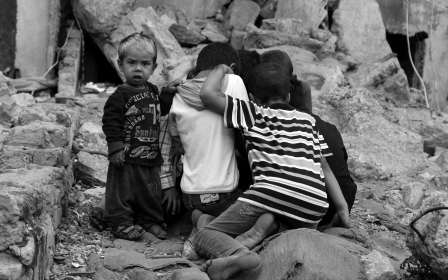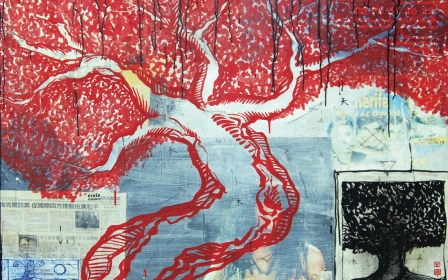
In pictures: The life and works of Algerian photographer Kays Djilali

The recent passing of Algerian photographer, Kays Djilali, on 14 June saw an outpouring of commemorations from friends and colleagues. Djilali, who died aged 54 following a long illness, was famous for his enigmatic shots of architecture, personal migration stories and the Algerian landscape, including this photo of the historic Ghoufi canyon in the Aures mountains. “He was a talented photographer, a true gentleman, a quiet, modest and unassuming man. I feel very fortunate to have known and worked with him for over a dozen years,” says publisher Azzedine Guerfi. (Kays Djilali, courtesy of Chihab Editions)

Born in Algiers in 1961, Djilali discovered the camera at a young age, but it wasn’t until he participated in a youth festival in the capital when he was 24 that his work started receiving recognition, with some of his early photographs published as part of a collection by the Ministry of Culture. A few years later, one of his black and white photos went on to feature on the cover of Cheb Khaled and Safy Boutella’s 1988 hit album Kutché. (Facebook/Barzakh Editions)
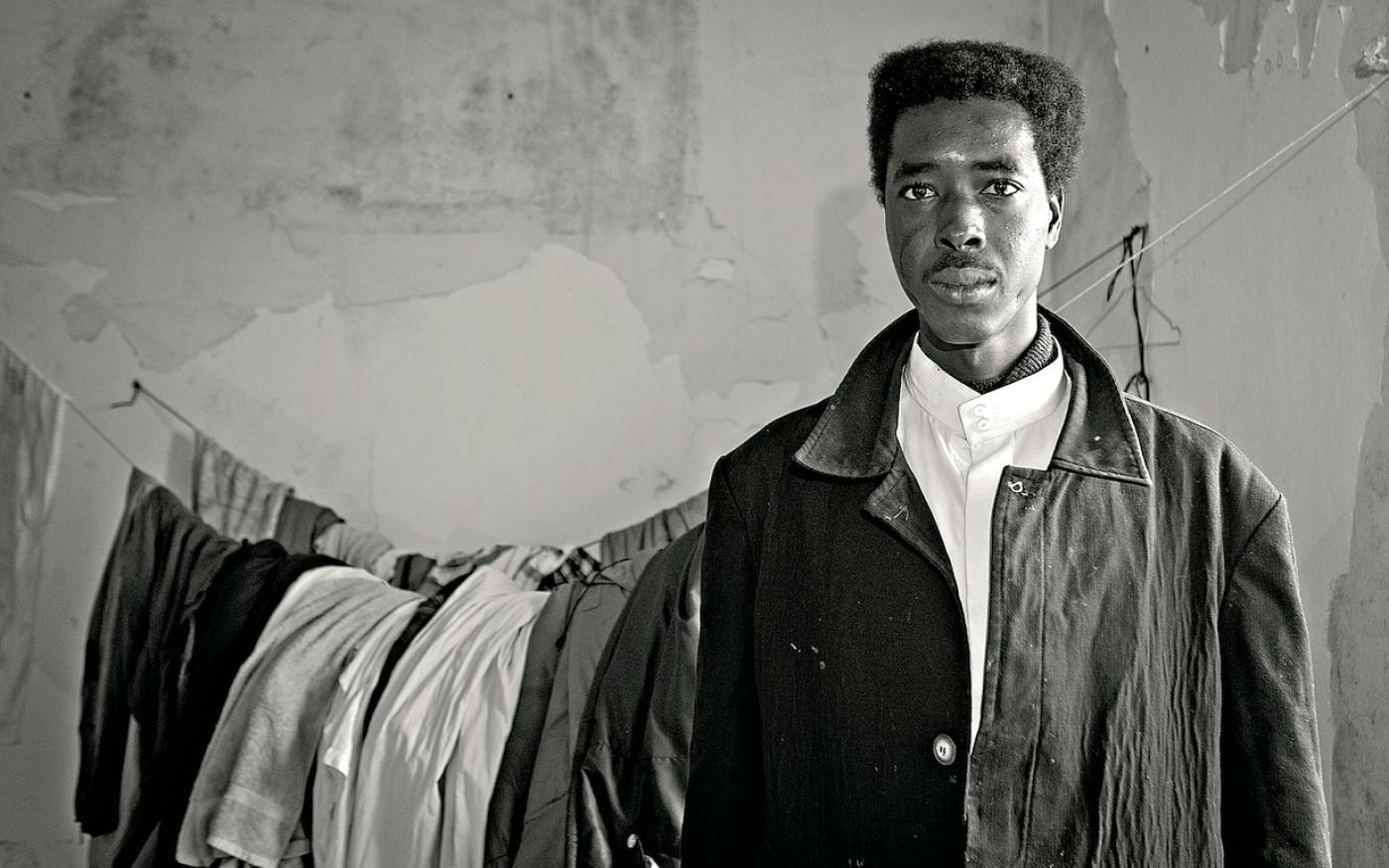
Djilali’s work led him to cover humanitarian issues, co-directing a documentary with Algerian journalist Djamel Benramdane in 2006. Shot across Algeria, Mali, Morocco and Spain, Le Piège (The Trap) focused on the lives and journeys of sub-Saharan migrants in the region.
Two years later he produced La Nuit sur la Figure (Faces in the Night), a book of photography complementing the film. With a preface written by Algerian author Yasmina Khadra and published by Barzakh Editions, the book added a spotlight to the ongoing plight of migrants into the country that began in the 1970s. (Kays Djilali, courtesy of Barzakh Editions)

“Youssef, Yahia, Zacaria and so many others, from Cameroon, Nigeria, and Algeria... They all attempted the journey, crossing the Sahara and the Mediterranean," Khadra writes. "Each tells the story of their solitude and hopes, with words stripped bare, full of disconcerting poetry at times. Djilali’s photographs capture the raw emotion of their silhouettes and faces. Let us hope that this book will bring these migrants out of the shadows to restore their dignity.” (Kays Djilali, courtesy of Barzakh Editions)
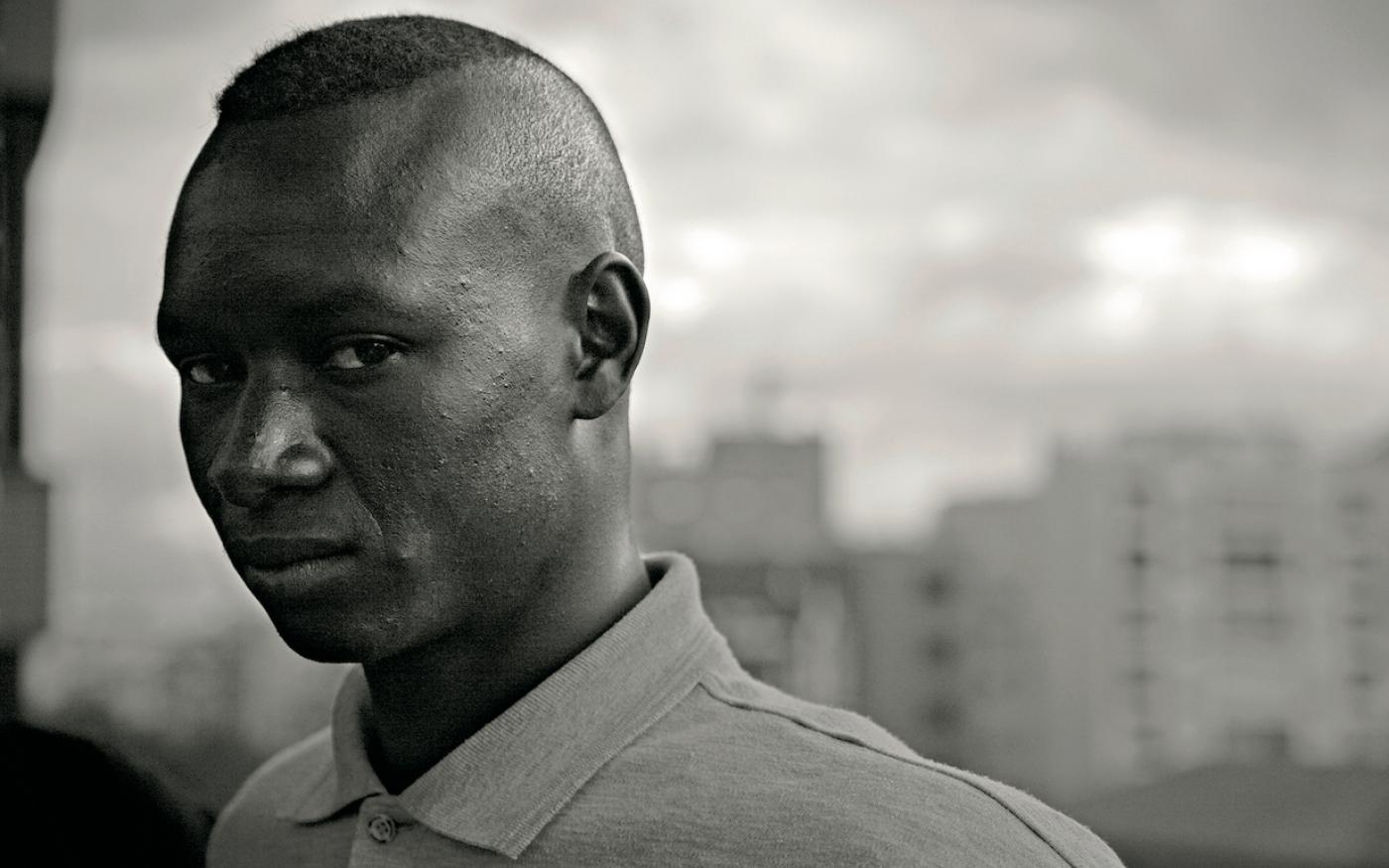
Djilali worked on several other projects with Barzakh Editions, including Dix Balades à Alger (2006), an idiosyncratic cultural guide to the Algerian capital authored by Philomene Bon and Karine Thomas. They also produced Le Patrimoine de l’eau en Algerie, memoire et permanence (The Heritage of Water in Algeria, Memory and Permanence, 2012) - a lavishly illustrated coffee table book featuring the works of a dozen authors on water-related issues in urban, mountainous and Saharan environments. (Kays Djilali, courtesy of Barzakh Editions )
He continued to document his country’s natural beauty and culture, including this photo of a 10-year-old horse rider (top image) at a Fantasia in Batna, Aures. (Kays Djilali, courtesy of Chihab Editions)

The Aures, a region in eastern Algeria known for its rich historical and cultural heritage, featured strongly in Djilali's work, including this photo Springtime in al-Kantara, Aure. The region inspired another book, 2011 Aurès, vivre la terre chaouie (Aures, to Live the Chaouie Land) , which took two and a half years to complete and would see Djilali and his publisher Azzedine Guerfi cover 4,500 km, taking more than 8000 photos.
Guerfi tells Middle East Eye he remembers walking for hours a day over rugged terrain to reach places and people Djilali wanted to photograph, "to a site or a monument that we would sometimes go back to two or three times to capture the best possible shot, to get the light just right". (Kays Djilali, courtesy of Chihab Editions)
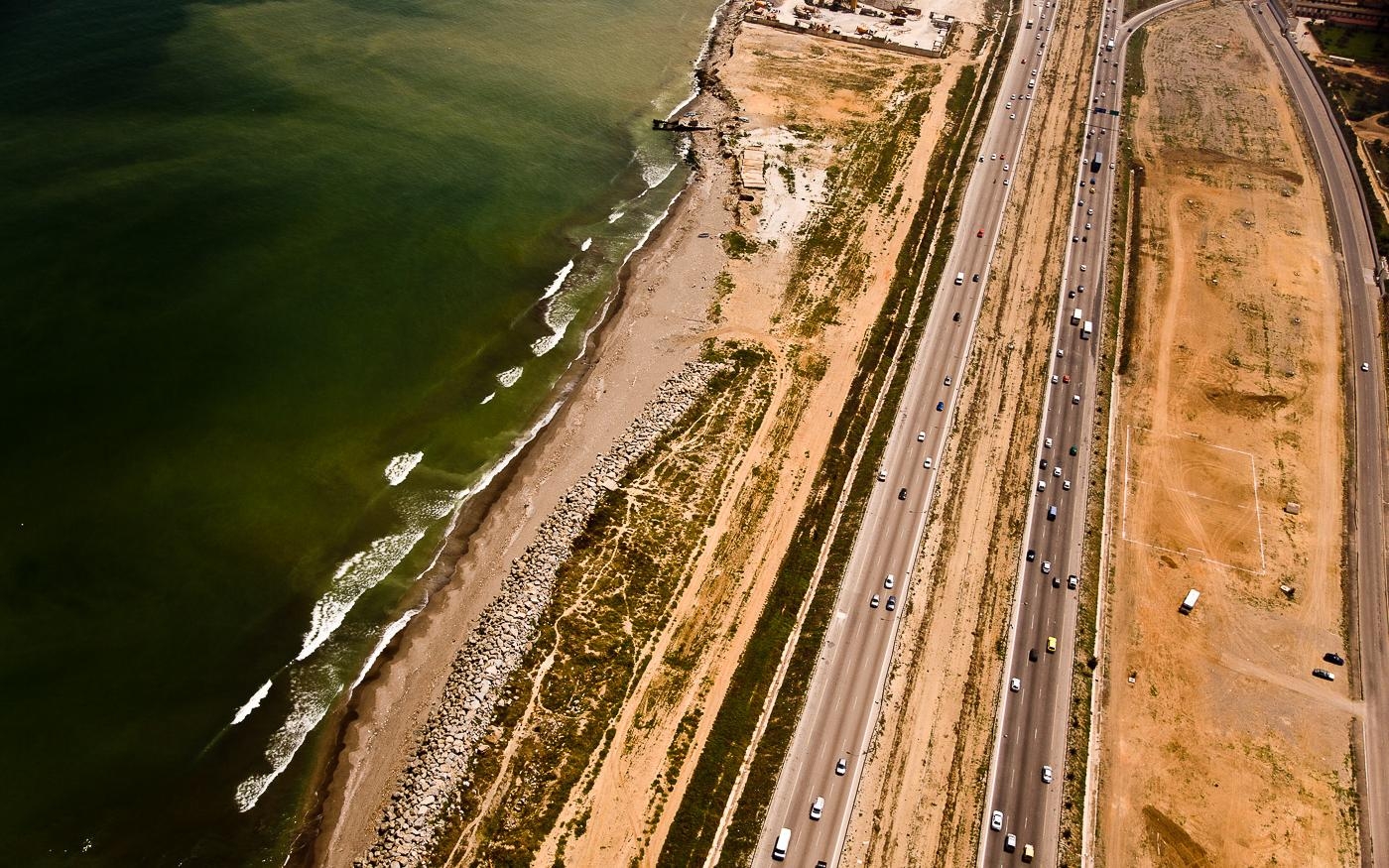
But Djilali wanted to do more for the region’s cultural and natural heritage. “That’s how he and some friends came up with the idea six months later to create the non-profit organisation 'Association des Amis de Medghacen' for the preservation and promotion of the cultural assets of the Aures,” Guerfi says.
Djilali then had the unique opportunity to photograph Algiers from a helicopter for the 2013 book Alger, sous le ciel (Algiers, Under the Sky). (Kays Djilali, courtesy of Barzakh Editions)
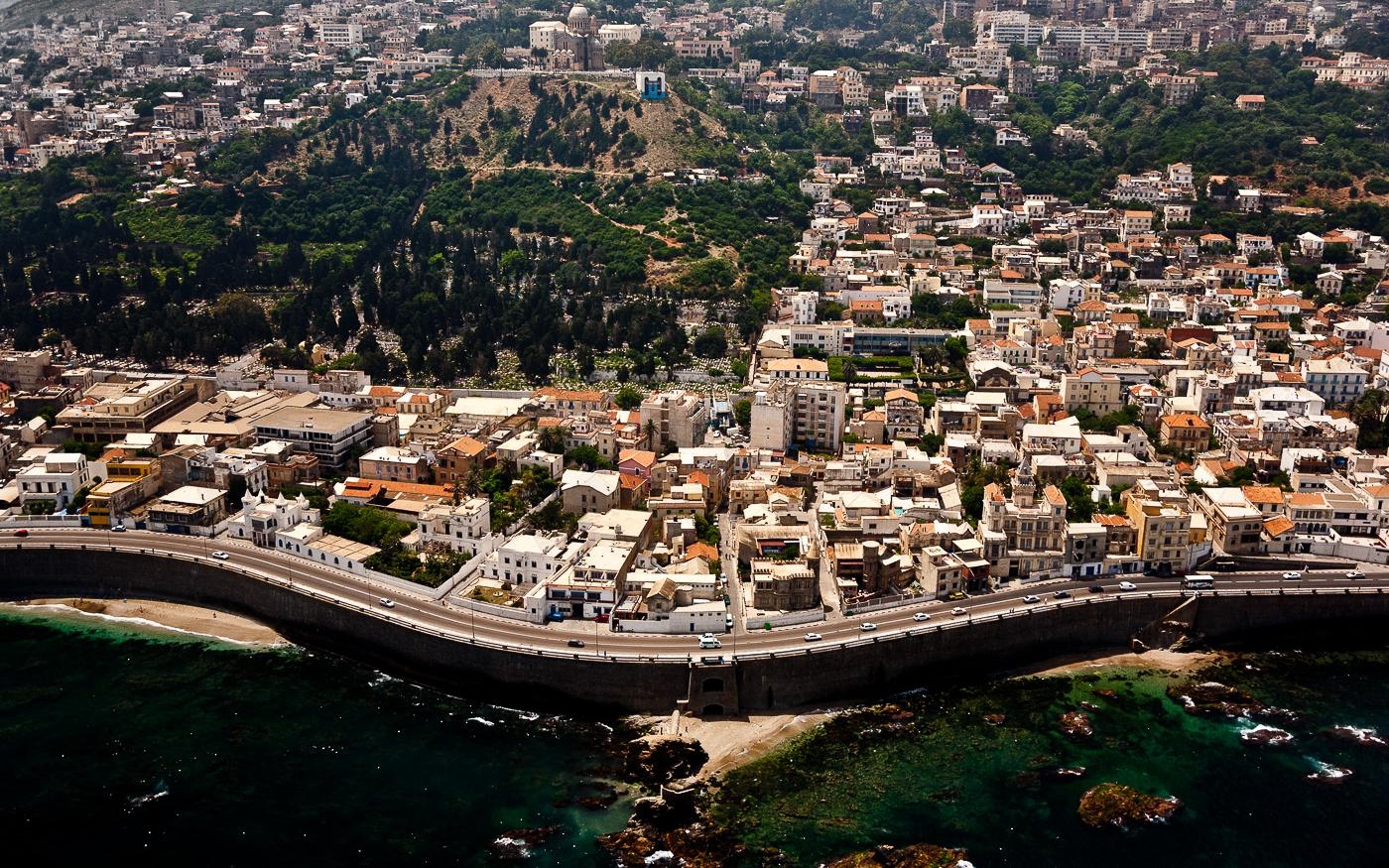
The book stands as a testament to a friendship dating back to Djilali’s childhood with the architect Halim Faidi. The project started much earlier, in 2006, when Faidi, who was working on a development project for the Bay of Algiers, had to “take the city apart, piece by piece, to apprehend its evolution in reverse, from the east side to the west”.
“I put Kays’ sharp eye to use. Despite the haze of the midday heat in Algiers and a non-negotiable schedule, he was able to capture the essence of the city, which would become one of the project’s key ingredients." (Kays Djilali, courtesy of Barzakh Editions)

“Whenever I needed to unlock the secret of a location, to discover the inner meaning of a place, whether for architectural or urban planning purposes, his viewpoint was invaluable to me," says Faidi. "He wasn’t much of a talker, he was reassuring. Instead of saying, he showed. If a picture is worth a thousand words, then his, for me, are worth an entire encyclopaedia.” (Kays Djilali, Courtesy of Barzakh editions)
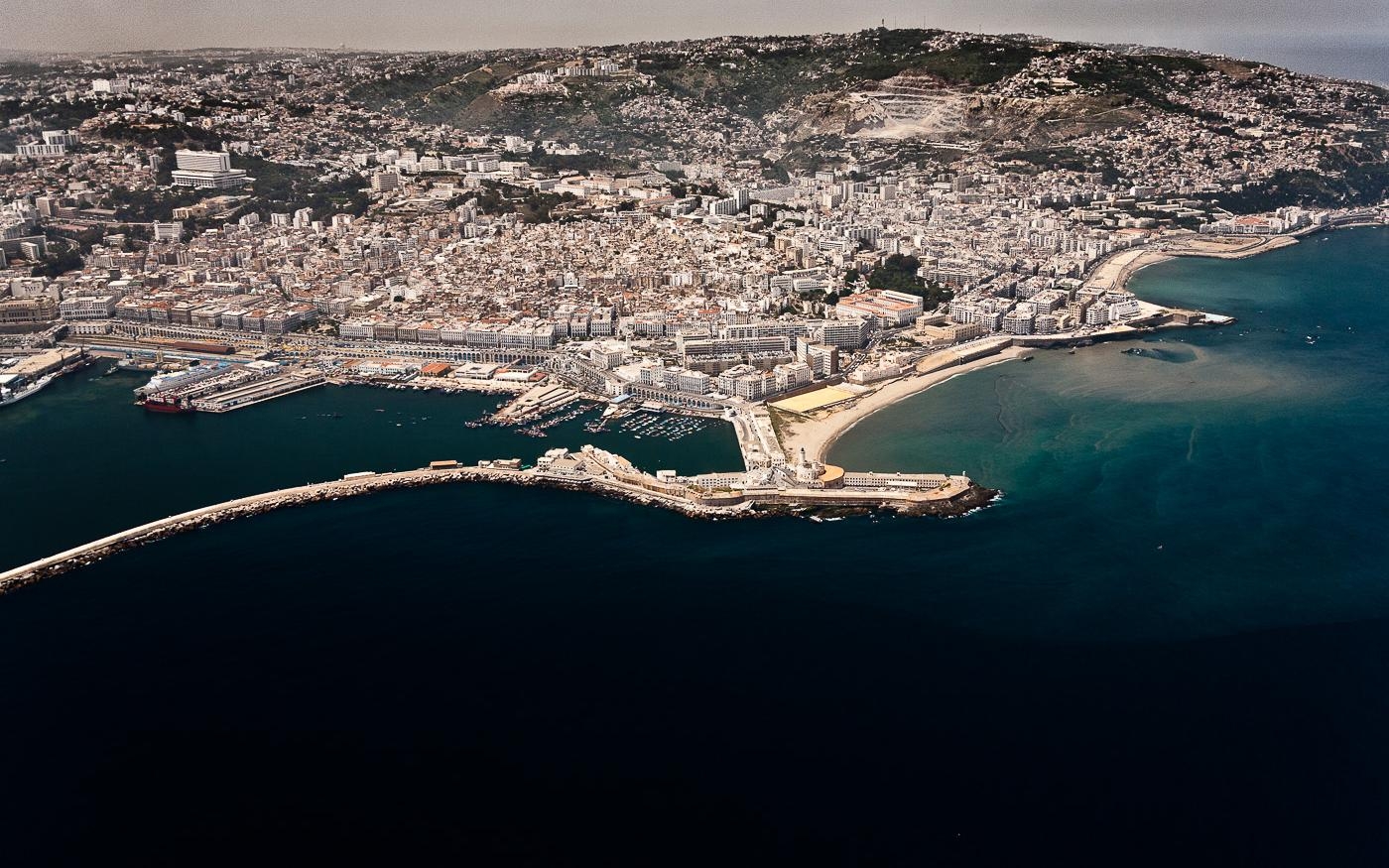
Djilali lent his eye to other people’s projects with the quiet humility of those untouched by ego, founders of Barzakh Editions, Selma Hellal and Sofiane Hadjadj, tell Middle East Eye. "Kays was a man who gave to others. He taught all of us, whether publisher, photographer, graphic designer, or printer. He passed on his knowledge to each of us, simply and unstintingly, with patience, conviction, and detachment. Out of sheer generosity.”
Old friend and architect Faidi says: “Kays hasn’t really left us. His work has given him a second life that will last longer than the first, so long as there are music lovers, artists, and people with a sense of gratitude. He may be asleep, but his eyes are open.” (Kays Djilali, courtesy of Barzakh Editions)
Middle East Eye delivers independent and unrivalled coverage and analysis of the Middle East, North Africa and beyond. To learn more about republishing this content and the associated fees, please fill out this form. More about MEE can be found here.



